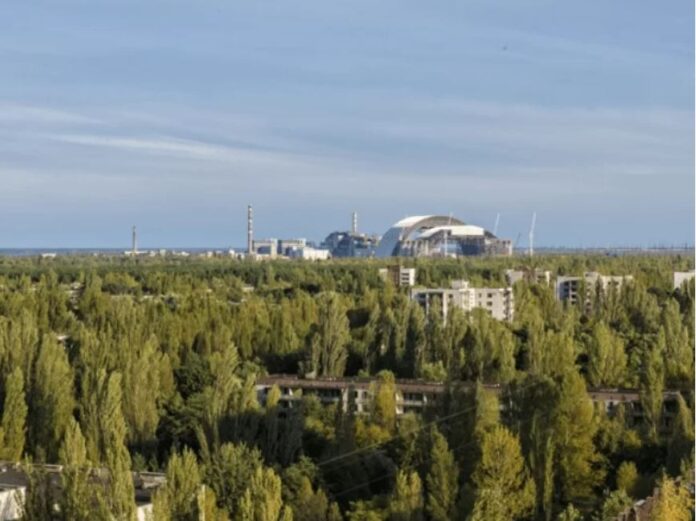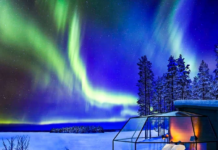Chernobyl was the site of the largest nuclear disaster in history, a global environmental emergency caused by an explosion that was 500 times more powerful than the one of Hiroshima. On the night of April 26, 1986 at 1:23:45 am, the reactor n° 4 “Lenin” set fire causing destruction throughout the area and beyond. There have been around 300,000 deaths, thousands of malformed newborns across Europe, 2800 km2 of contaminated water, flora and fauna. Nowadays although there is still radiation, nature has returned to the area against all expectations and Chernobyl has become the third nature reserve in Europe.
CHERNOBYL 35 years later: the TRIUMPH of NATURE (despite RADIOCTIVITY)
# The post-apocalypse that nobody expected
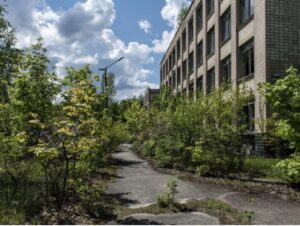
Chernobyl
Looking at the pictures of Chernobyl, you’ll see not a post-apocalyptic desert but an immense green oasis. Thanks to the photographic surveillance of a group of scientists who are studying the Chernobyl ban zone, the so-called CEZ (Chernobyl Exclusion Zone), it has been discovered that flora and fauna have taken possession of the entire area. Species of wild animals never seen in the area appeared, such as the Mongolian pony, the European bison and wolves have become 7 times more than they were, because they were no longer hunted. Lynx, deer, wild boar walk on the Soviet streets, trees climb over the balconies. The natural scenery is probably very beautiful. Yet no one would have expected to think that the witness of the great disaster would have been “beautiful”. You were able to witness (even if not physically because men are still forbidden to enter the area) a triumph of nature, an environmental rebirth and a biodiversity capable of capturing more carbon.
# Let’s not forget about radiation
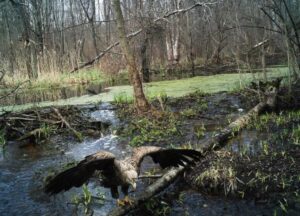
La fauna selvatica è tornata a popolare la Chernobyl Exclusion Zone
Certainly surprised by what has happened, you must not forget the radiation hasn’t certainly become harmless. According to former nuclear engineer Alex Sorokin, radiation effects on living organisms accumulate over time. It is not possible to estimate how much these animals actually are going to live or if they are still affected by tumors caused by the radioactivity of the area.
# Radiation has a less significant effect than human presence
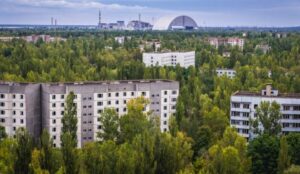
Chernobyl
Green Chernobyl is a miracle, but this lets us understand that radiation has a less significant effect than human presence. It was the absence of man that led to this triumph of nature. Radiation is a less relevant factor and it has not prevented plants and animals from growing. On the contrary men did. The world-renowned botanist, Stefano Mancuso, explains that with three decades of isolation and prohibition of any human activity, nature could develop without any hindrance.
Today Ukraine is asking UNESCO to declare Chernobyl a World Heritage Site.
BEATRICE BARAZZETTI


